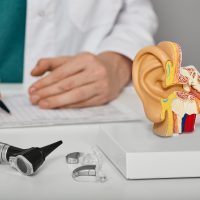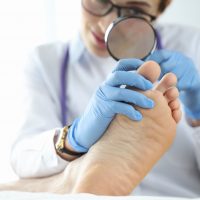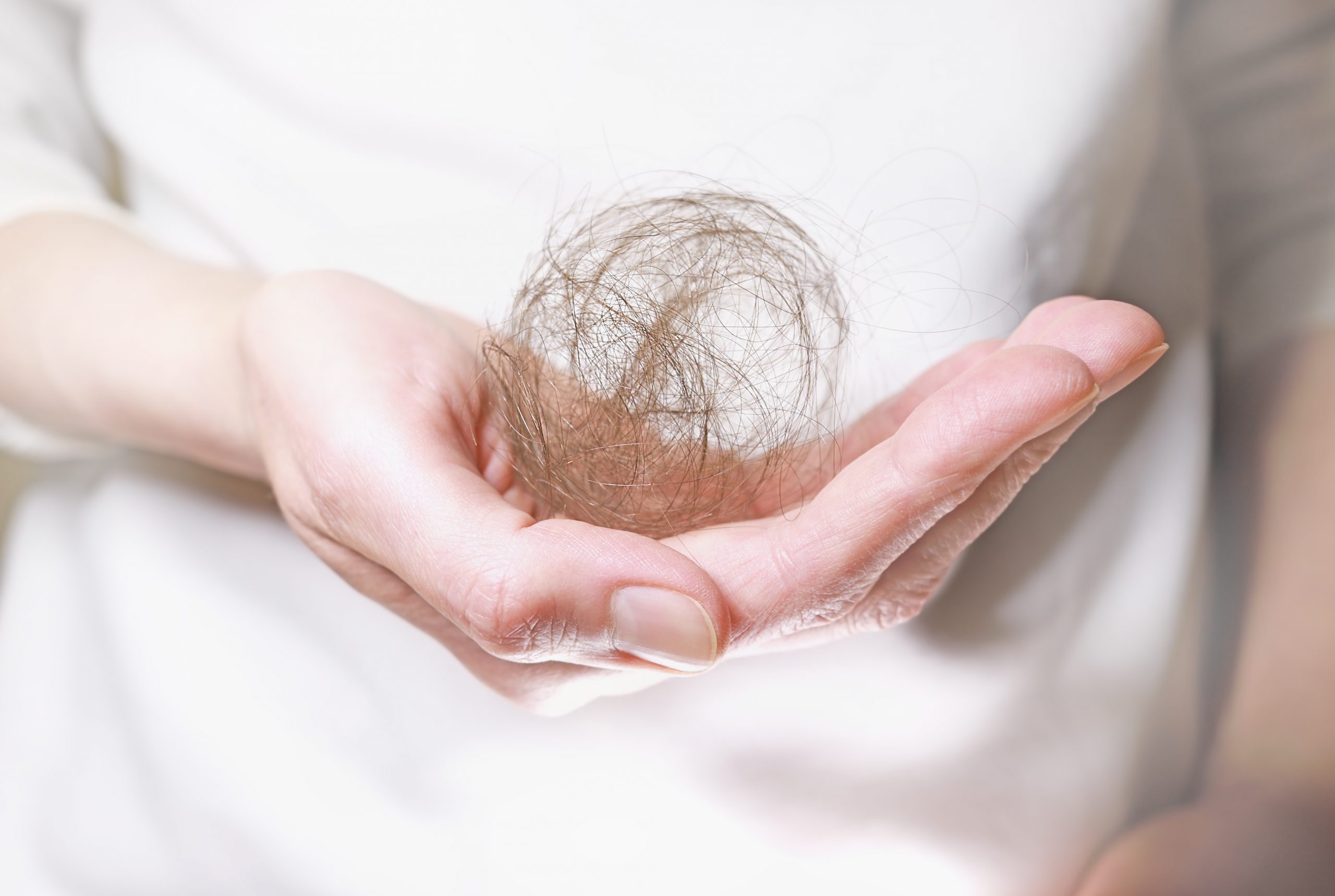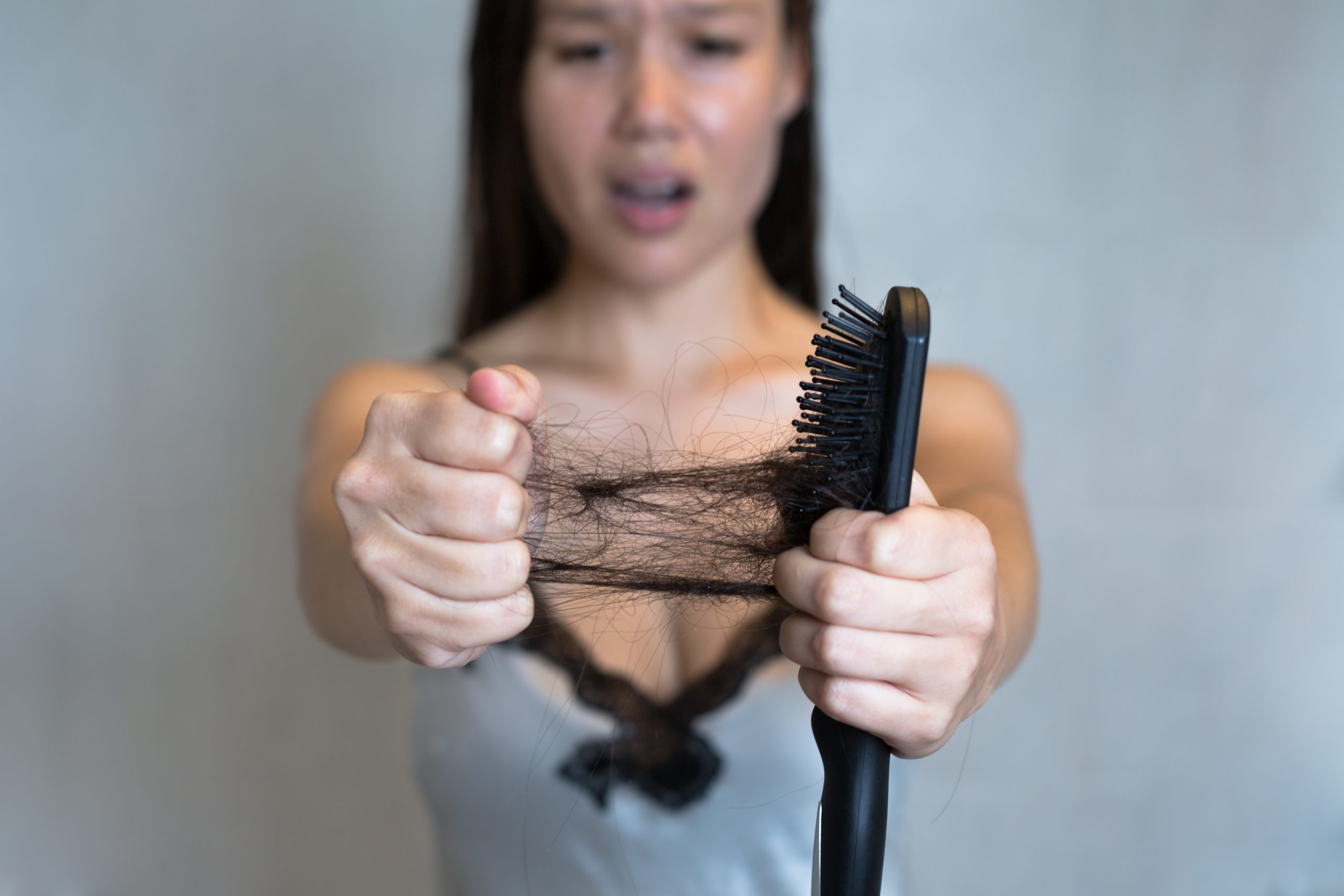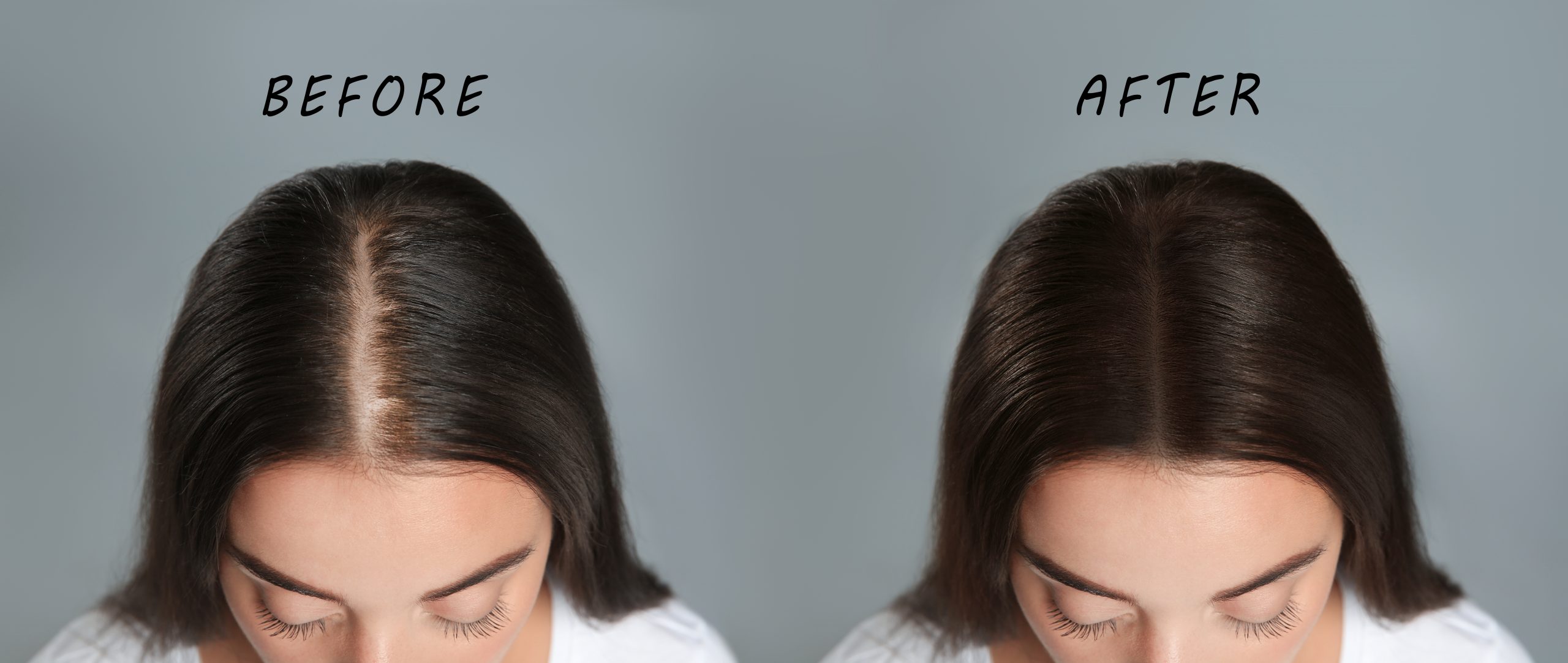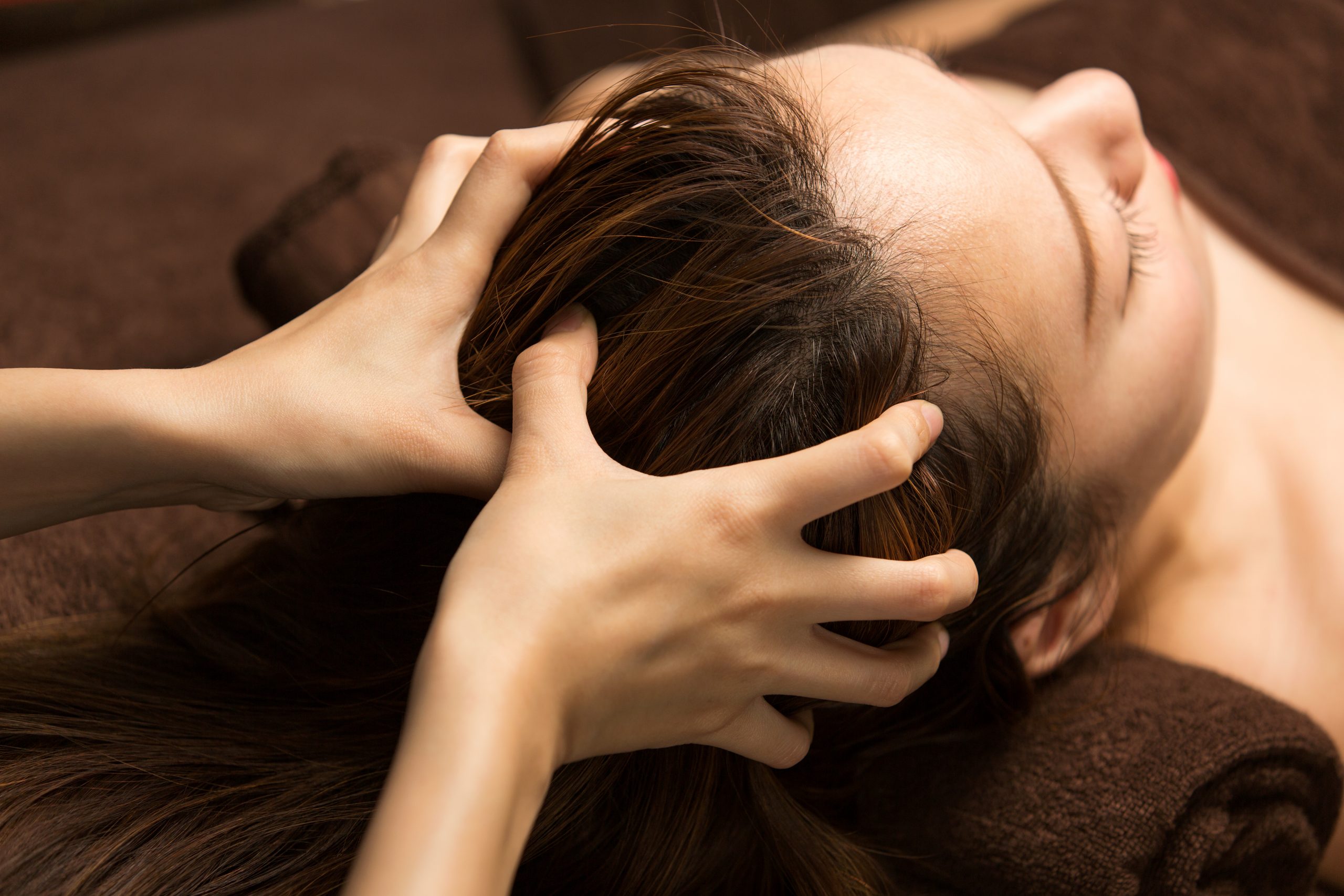Alopecia, a condition characterized by hair loss, can be emotionally challenging and affect an individual’s self-esteem and confidence. Managing hair loss due to alopecia requires a multifaceted approach that addresses both the physical and emotional aspects of the condition. In this article, we will explore strategies for coping with and treating hair loss caused by alopecia.
- Understanding Alopecia: Alopecia is an autoimmune condition in which the immune system mistakenly attacks the hair follicles, leading to hair loss. There are different types of alopecia, including alopecia areata (patchy hair loss), alopecia totalis (total scalp hair loss), and alopecia universalis (complete body hair loss). Understanding the type of alopecia you have is essential in determining the most appropriate management strategies.
- Seeking Professional Help: Consulting with a dermatologist or hair loss specialist is crucial for proper diagnosis and treatment. They can evaluate your condition, provide guidance on management options, and develop a personalized treatment plan tailored to your specific needs.
- Medication Options: In some cases, medication may be prescribed to manage alopecia. This can include topical corticosteroids, minoxidil (Rogaine), or oral medications such as corticosteroids, immunosuppressants, or JAK inhibitors. These medications aim to reduce inflammation and immune system activity, promoting hair regrowth. It’s important to discuss potential side effects and risks with your healthcare professional before starting any medication.
- Wig or Hairpiece: Many individuals with alopecia find wigs or hairpieces to be a valuable option for managing hair loss. Wigs can be custom-made or purchased off-the-shelf, providing a natural appearance and boosting confidence. It’s important to choose a wig that matches your natural hair color, style, and comfort level.
- Scalp Micropigmentation: Scalp micropigmentation is a non-invasive cosmetic procedure that involves tattooing tiny pigments onto the scalp to mimic the appearance of hair follicles. This technique can create the illusion of a shaved head or add density to areas of thinning hair. Scalp micropigmentation can be a viable option for individuals seeking a low-maintenance solution for alopecia-related hair loss.
- Camouflage Techniques: Various hair styling techniques can help camouflage hair loss due to alopecia. Hairstyling products, such as powders or sprays, can be used to add volume and cover up thinning areas. Styling techniques like strategic parting, layering, or using accessories like headbands or scarves can create the appearance of fuller hair.
- Emotional Support: Dealing with hair loss can have a significant emotional impact. Seeking emotional support from friends, family, or support groups can provide understanding, empathy, and encouragement. Sharing experiences with others who have alopecia can help individuals cope with their feelings and gain valuable insights into managing the condition.
- Self-Care and Confidence Boosting: Taking care of oneself is important during the hair loss journey. Engaging in self-care activities such as exercise, meditation, and practicing hobbies can reduce stress and improve overall well-being. Additionally, focusing on aspects of your appearance that you appreciate and cultivating self-confidence can help counterbalance the emotional impact of hair loss.
- Scalp Care: Maintaining a healthy scalp is essential for hair regrowth and overall scalp health. Gentle cleansing with mild shampoos, avoiding harsh chemicals or heat styling tools, and massaging the scalp can improve blood circulation and promote a healthy environment for hair growth.
- Experimental Treatments: In recent years, there have been advancements in experimental treatments for alopecia, including platelet-rich plasma (PRP) therapy and hair follicle stem

